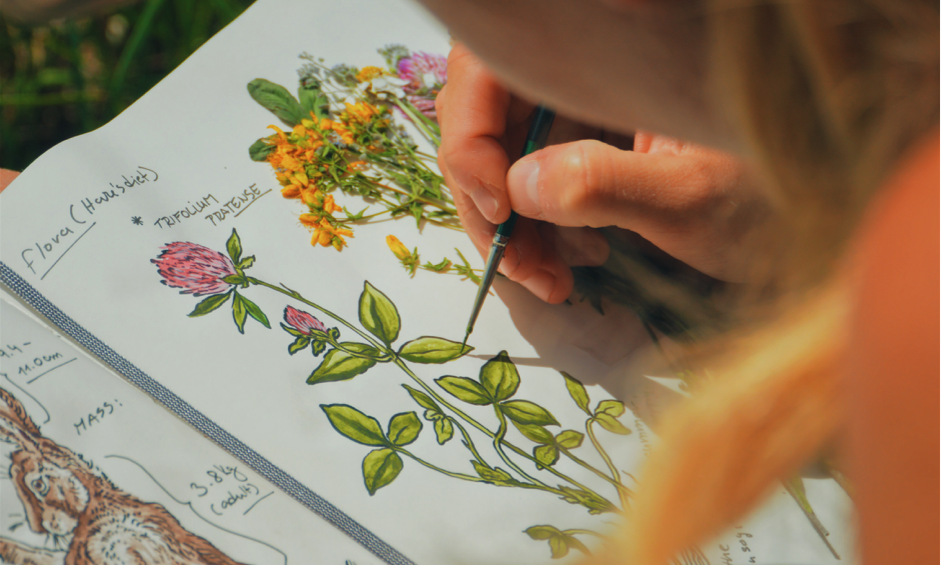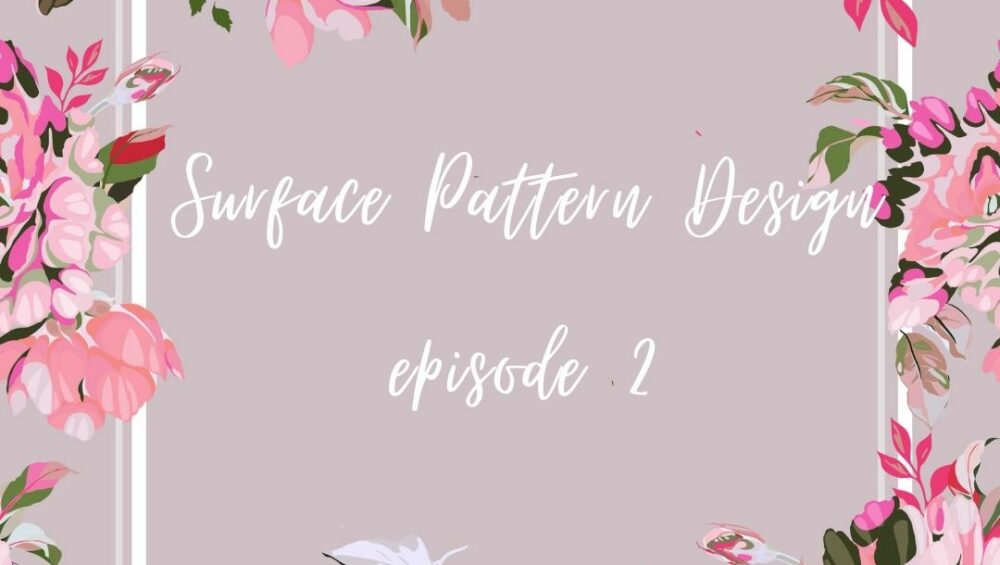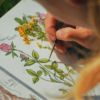In today’s age, there is always a constant pressure to mimic what’s done by others, especially in the field of design. We copy from Pinterest, Google, or maybe from our competitors. But as a creative person, that’s not right! Your clients might appreciate it, but this won’t give you a rewarding feeling. If you want to stand out in the print market, you ought to develop your identity and be consistent throughout. You may be thinking, what do we mean by signature style? Read further to understand its necessity as a surface pattern designer, along with few tips to find your signature style in surface pattern design.
What is a Signature Style?
A signature style is an element of your artwork that makes it instantly recognized as yours. It is the reason someone will want to buy your design. For ex. Chumbak, the brand reminds us of quirky designs using Indian motifs and people. To give another, we have Masaba Gupta. When we see prints that are bold and whacky at the same moment, we know it is House of Masaba for sure.
If you are looking to expand your art in new ways, through print licensing or gaining more collectors, you want your patterns to stand out as unequivocally yours. When you develop your signature style, you cut out all this ‘figuring out’ time and create more patterns for sale in a less time.
How do you develop a Signature Style?
Tip #1:
The quickest way is to experiment. Try exploring all sorts of media. This could be anything from simple fine line drawings, to hand painted and created artworks. Just remember, when working towards honing your signature style, exploring different mediums will help you find that common thread in your work to make you shine.
Tip #2:
Look at what you are good at or maybe enjoy creating. If you have a whiz at creating watercolour abstracts, calligraphy or specialize in digital integrated practices of motifs within textile, then this would make a great signature style of yours.
Tip #3:
Look what is selling fast or what most of the people demand. Research, do a short survey, and prepare few questionnaires. This will help you understand people’s preferences and their dislikes.
Tip #4:
Ensure there is enough variety. For example, if you decide on doing paisleys as your signature style, ensure that you can create thousands of different variations to your design.
Tip #5:
If you’re looking at artists or designers online, create a special Pinterest board of inspiration. Not to copy their work, but to look for specific traits that inspires you. Understand the elements. You can create your signature style through a color palette, subject matter or simply the medium you choose.
Tip #6:
Just be you. We can look at someone else’s design and be a bit envious, also try to replicate of what they’re doing. Remember, we are always the best when we are ourselves. Hence your signature style works the same.
If you want to learn the art and find your signature style, then you can sign up for our online course on surface pattern design today at Atisha Design Studio.







